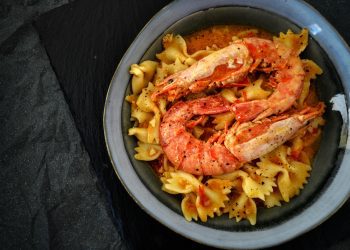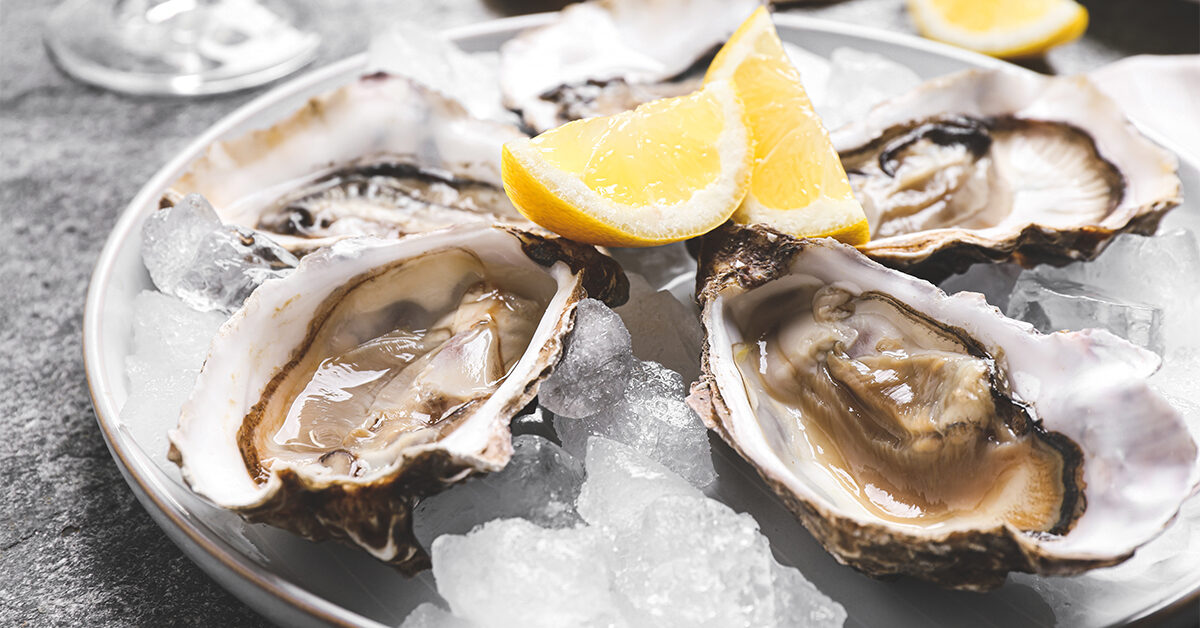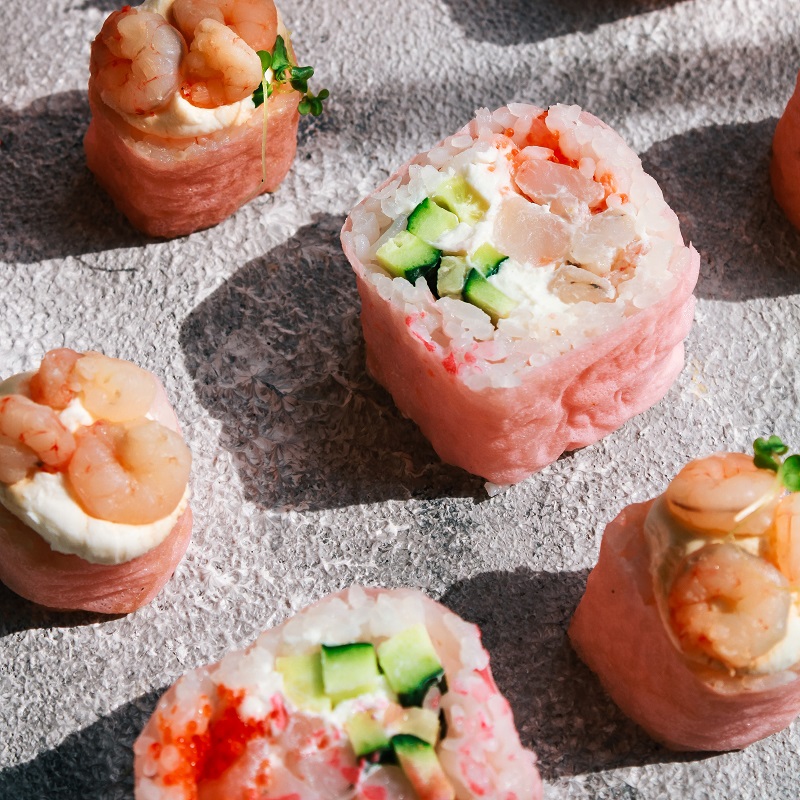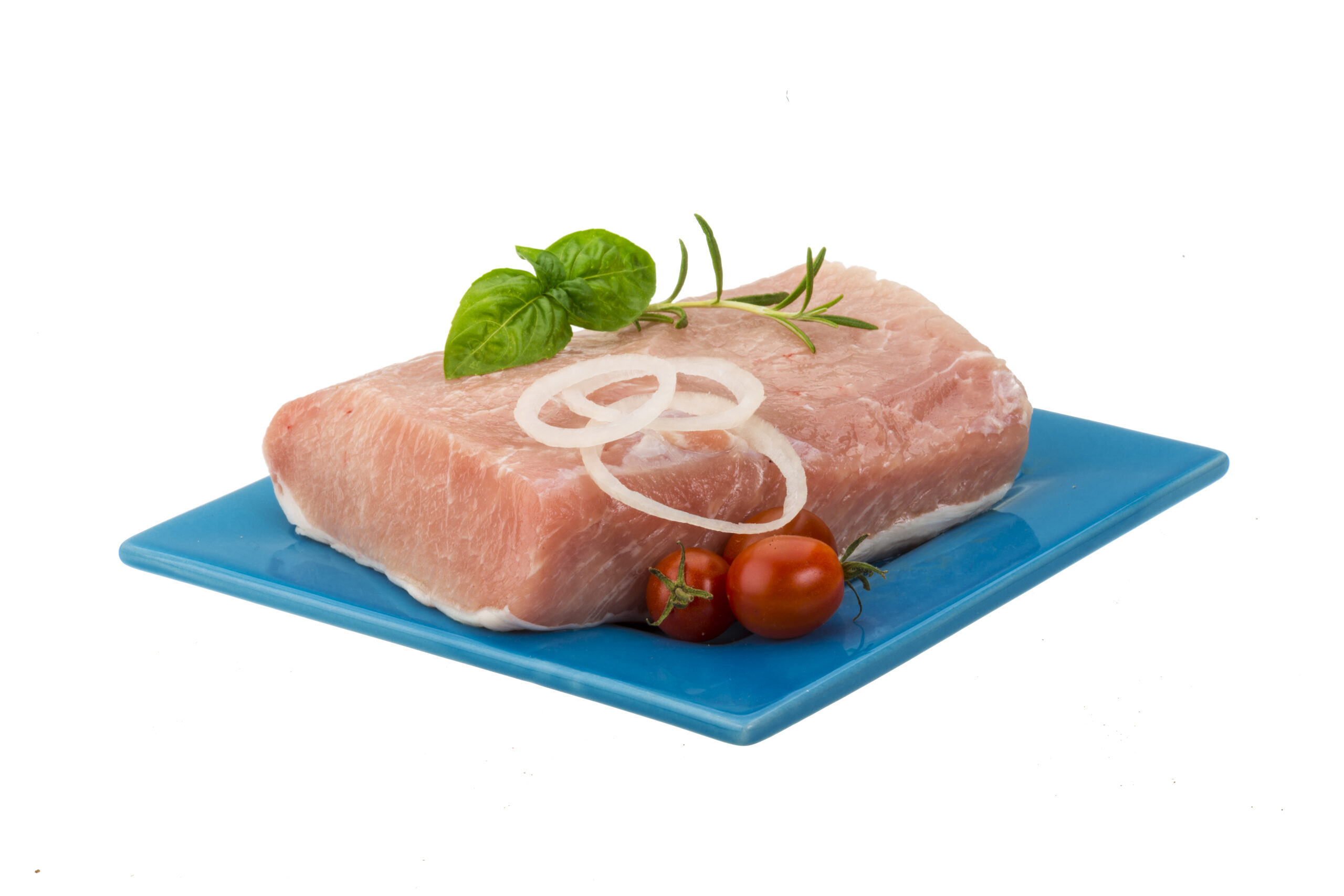Quotes from New Food magazine, 20 May, 2024
By Leah Hockley
Innovation on the Menu: Wanda Fish’s cell-based seafood
Regarded as the apex among tuna varieties, the bluefin tuna represents an expensive delicacy with questionable sustainability. However, Wanda Fish has recently introduced an innovative substitute: their inaugural version of lab-grown bluefin tuna toro sashimi. This cell-based seafood promises a similar culinary experience without the environmental and ethical concerns associated with traditional fishing practices.
Wanda Fish, Ltd., a pioneer in cell-based seafood, has recently introduced its inaugural product, a cultivated bluefin tuna toro sashimi. This innovative prototype is designed to meet the growing demand for bluefin tuna, offering a solution that is free from pollution, consistent in quality, and sustainable, ensuring a reliable source of this prized fish.
The specialty known as raw toro is derived from the fish’s ventral region, which is notably rich in fats, conferring it a distinctively smooth and creamy texture that is highly sought after for its softness. The cell-grown sashimi offered by Wanda Fish mirrors the sensory profile of toro obtained from the wild, boasting a similar profile of nutrients, with an emphasis on protein and omega-3 fatty acids, essential for a balanced diet. This innovative approach to cell-based seafood not only maintains the culinary qualities of traditional toro but also contributes to sustainable fishing practices by providing an alternative to wild harvesting.

Wanda Fish has innovated a 3D-printed filet by merging muscle and fat tissues, cultured directly from Bluefin tuna cells, with a botanical scaffold. This creation has been refined by expert chefs to achieve the peak of sashimi excellence.
A Taste of the Ocean: Introducing the Eco-Friendly Bluefin Tuna Alternative
Wanda Fish has developed an innovative approach that is currently awaiting patent approval, which stimulates the natural accumulation of lipids in bluefin tuna cells. This technique, coupled with a comprehensive manufacturing process for whole cuts, utilizes a swift, economical, and easily expandable production technique. The lipid content not only contributes to the sumptuous texture of the cell-based seafood but also imparts a distinctive, robust taste and provides vital nutrients such as omega-3 fatty acids.
In developing our product, we prioritized replicating the distinctive fat marbling characteristic of authentic Bluefin toro sashimi, ensuring a comparable visual appeal and texture,” disclosed Daphna Heffetz PhD, Co-Founder and CEO of Wanda Fish. “This achievement signifies Wanda Fish’s capability to offer a complete bluefin tuna toro filet that is ocean-friendly and does not contribute to the depletion of wild fish stocks. Our product is eco-friendly, and naturally, it is devoid of microplastics, mercury, and other pollutants frequently present in wild-caught fish.”
Malkiel Cohen, the Vice President of Research & Development at Wanda Fish, has shared insights into their innovative prototype, which stands out in the cultivated food sector due to its distinctive feature of not requiring any cooking or panning. The creation process involves the utilization of various bluefin tuna cells, which are instrumental in forming both the muscle and fat components. This, combined with a proprietary plant-based 3D structure, results in a product that embodies the authentic qualities of a raw fish fillet, all while being free from preservatives, synthetic enhancers, or genetically modified organisms.
The majestic bluefin tuna stands at the apex of its kind, elusive and sought-after. Their remarkable speed and endurance across vast oceanic distances render them a challenging prospect for aquaculture. As a coveted culinary treasure, their rarity is only heightened by unsustainable fishing practices. In response, authorities have enforced regulatory measures, including stringent catch limits, which in turn have elevated their market value. The esteemed toro sashimi, primarily featured in Japan’s elite dining establishments, has also found its way into select sushi venues worldwide. The cost for a portion weighing one kilogram can exceed the hundred-dollar mark.

Yaron Sfadyah, who holds the position of Vice President of Business Development & Marketing at Wanda Fish, has observed that farmed bluefin tuna represents a unique segment in the food market that aligns well with profitable commerce. The product enjoys a robust market demand, presenting few substitutes that can rival the authentic flavor and consistency of its wild counterpart, while also benefiting from a favorable pricing structure and distribution strategy. In contrast to the alternative protein sector, which frequently grapples with elevated production expenses and the challenge of competing with the lower costs of traditional meat products, farmed bluefin tuna tells a markedly different tale of market success.
Heffetz noted that the company’s expandable system for creating this high-quality item enhances its ability to achieve cost equivalence with conventionally farmed bluefin tuna, accelerate its introduction to the market, and increase profitability.
The new company is set to debut its premium tuna offerings within the upscale culinary industry, particularly targeting Japanese gastronomy, renowned for its sushi and sashimi. “The decision to prioritize bluefin tuna as our inaugural offering stems from consumer demand, not merely technological capabilities,” Heffetz notes.









